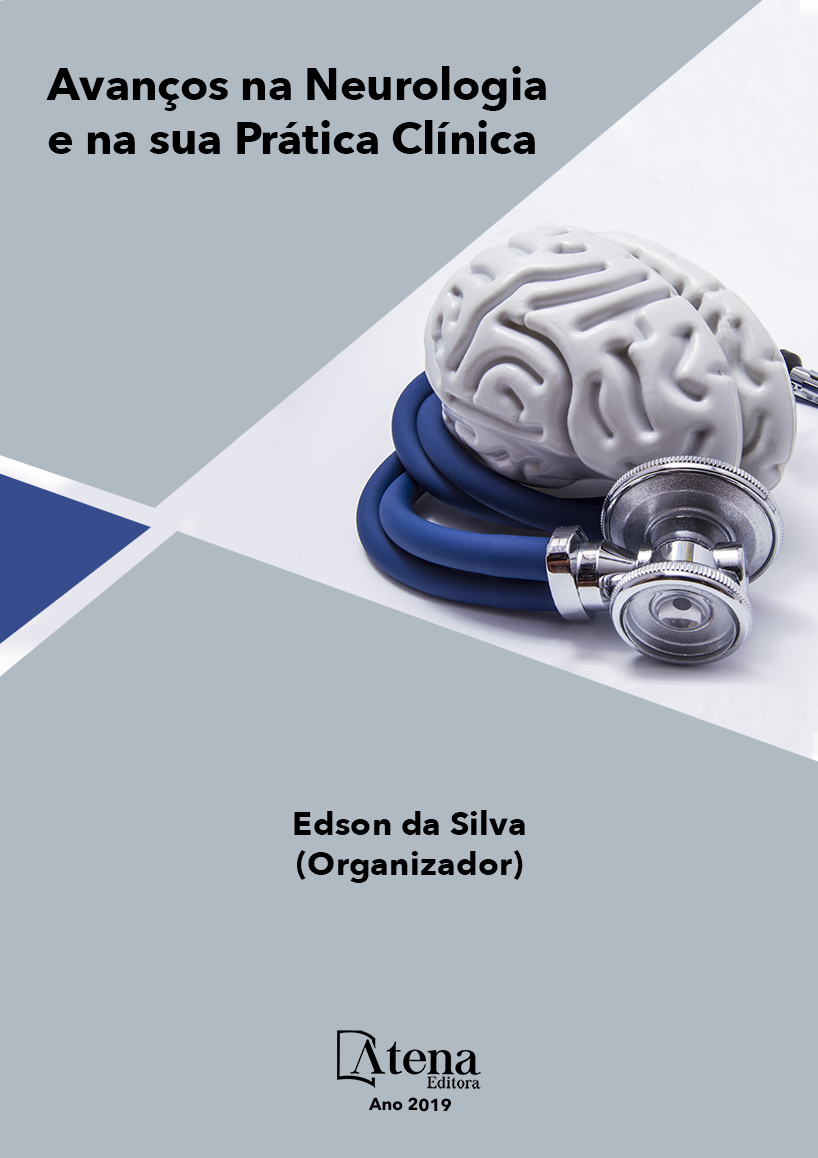
Parkinsonismo e Neuroimagem - Atualidades
A doença de Parkinson (DP) apresenta amplo espectro clínico, tendo outras condições que a mimetizam. Os exames SPECT [99mTc] -TRODAT-1 e ressonância magnética (RM) com estudo de nigrossomo (NG) e neuromelanina (NML) são exames que auxiliam na investigação. Pacientes com síndrome parkinsoniana primária e secundária, tremor essencial e síndrome das pernas inquietas foram submetidos à RM com estudo de NG e NML e a SPECT - TRODAT. O objetivo foi avaliar a acurácia diagnóstica da RM na diferenciação entre parkinsonismo primário e secundário e a diferença entre SPECT e RM no diagnóstico das síndromes parkinsonianas. Sessenta e três pacientes, incluindo DP, parkinsonismo atípico, parkinsonismo secundário, tremor essencial e síndrome das pernas inquietas. O estudo de NG e NML mostrou sensibilidade 96,97%, especificidade 93,33%, valor preditivo positivo (VPP) 94,12%, valor preditivo negativo (VPN) 96,55% e acurácia 95,24% na diferenciação entre parkinsonismo primário e secundário. SPECT apresentou sensibilidades 100%, especifidade 11,11% ; VPP 69,23%, VPN 100%, acurácia 70,37% e área sob a curva ROC 0,556 (0,314; 0,797) e NG e NML tiveram sensibilidade de 100%, especificidade 82,76%, VPP 85,29%, VPN 100% , acurácia 91,38%, área sob a curva ROC 0,980 (0,935; 1,00). Tais resultados demonstram que o estudo de NG e NML apresenta alta sensíbilidade e específicidade com alta acurácia na diferenciação de parkinsonismo primário e secundário e que o SPECT - TRODAT é um método com alta sensibilidade e baixa especificidade.
Parkinsonismo e Neuroimagem - Atualidades
-
DOI: 10.22533/at.ed.9391923122
-
Palavras-chave: ressonância, nigrossomo, neuromelanina, TRODAT, parkinsonismo
-
Keywords: resonance, nigrosome, neuromelanine, TRODAT, parkinsonism
-
Abstract:
Parkinson's disease (PD) may presente with variety clinical spectrum of the disease, with a number of other conditions that mimic it clinically. SPECT [99mTc] -TRODAT-1 and magnetic resonance imaging (MRI) with study of nigrosome (NG) and neuromelanine (NML) may be useful tools for clinical diagnosis. Patients with parkinsonian syndromes, essential tremor and restless leg syndrome underwent MRI with study of NG and NML and SPECT - TRODAT. The objective was to evaluate the diagnostic accuracy of MRI in differentiating between primary and secondary parkinsonism and the difference in accuracy between SPECT and MRI in the diagnosis of the various parkinsonian syndromes. Sixty-three patients, including patients with PD, atypical parkinsonism, secondary parkinsonism, essential tremor, and restless leg syndrome. NG and NML studies showed sensitivity 96.97%, specificity 93.33%, positive predictive value (PPV). 94.12% , negative predictive value (NPV) 96.55% and accuracy 95.24% in the differentiation between primary and secondary parkinsonism. SPECT presented sensitivities 100%, specificity 11.11%, PPV 69.23%, NPV 100%, accuracy 70.37% and area under the ROC curve 0.556 and NM and NML had sensitivity of 100%. % specificity 82.76% PPV 85.29%, VPN 100%, accuracy 91.38%, area under the ROC curve 0.980. These results demonstrate that the study of NG and NML presents high diagnostic accuracy in the differentiation of primary and secondary parkinsonism and that SPECT - TRODAT is a method with high sensitivity, but low specificity in the differential diagnosis between parkinsonian syndromes, unlike the study of NG and NML which is highly sensitive and specific.
-
Número de páginas: 15
- Hennan


